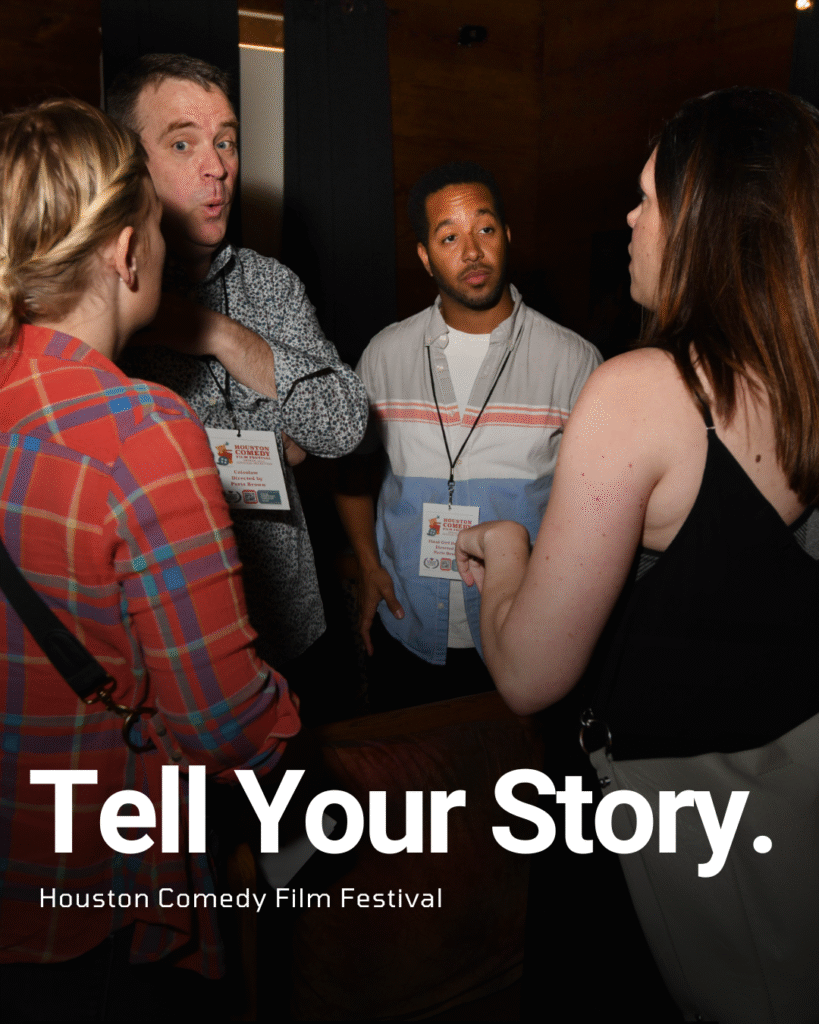Entertainment
Shanna Moakler: I Don’t Give a F-ck About Kim Kardashian! Or Her A$$! on January 9, 2024 at 11:29 am The Hollywood Gossip
Shanna Moakler has a connection to Kim Kardashian these days.
She also has a strong opinion about the Instagram influencer.
The former Playboy model share two children with ex-husband Travis Barker, who is now the current husband of Kourtney Kardashian.
On a recent episode of of Bunnie XO’s “Dumb Blonde” podcast, seemingly unprompted, Moakler therefore went off on the most famous family in Hollywood.
Shanna Moakler arrives at the WPT “Playing For A Better World” Charity Poker Tournament Kick-Off Party at The Bazaar at the SLS Hotel Beverly Hills on March 11, 2012 in Los Angeles, California. (Getty)
First, though, she slammed her former spouse.
“He did me pretty dirty,” the 48-year old said in a teaser shared by host Bunnie XO (whose real name is Bunnie DeFord).
When asked if Moakler believed she and Travis were “twin flames,” the former Miss USA winner replied:
“His drinking is a problem. His womanizing, his addiction.”
Kim Kardashian attends the GQ Men of the Year Party 2023 VIP dinner at Chateau Marmont on November 16, 2023 in Los Angeles. (Photo by Emma McIntyre/Getty Images for GQ)
The conversation quickly from there to the drummer’’s second wife and her loved ones, prompting Moakler to say simply that she doesn’t “have to like that f-cking family.”
“I’m tired of people sh-tting on me,” Moakler continued.
“There are people that don’t like that family, don’t watch their f-cking show and don’t give a f-ck what Kim [Kardashian] is doing with her ass.”
Kim Kardashian attends the Fontainebleau Las Vegas Star-Studded Grand Opening Celebration on December 13, 2023 in Las Vegas, Nevada. (Photo by David Becker/Getty Images for Fontainebleau Las Vegas)
Kim isn’t doing much with this body part at the moment.
The star’s back muscles, however?!? They. Are. Ripped.
Moakler and the Blink-182 musician got married in 2004 before splitting up in 2008.
The exes share son Landon and daughter Alabama, while Moakler also shares daughter Atiana De La Hoya with ex Oscar De La Hoya, whom Travis helped raise and with whom he remains very close.
Barker married Kourtney in May 2022. They welcomed a son in November.
The retired model, meanwhile, has never held back her thoughts on their love connection, specifically how it has affected her relationships with her kids.
Kourtney Kardashian and Travis Barker attend the Tommy Hilfiger fashion show during September 2022 New York Fashion Week: The Shows on September 11, 2022 in New York City. (Photo by Rob Kim/Getty Images for NYFW: The Shows)
“My family is broken because of this family, and now, my kids and I are alienated from each other because of another sister in the family, so yay for me,” Moakler told TMZ in May 2021, alleging that Kourtney came between herself and her son and daughter.
“I don’t care about Travis and Kourtney in any capacity whatsoever … all I care about are my children — mending and healing my relationship with my children and moving forward.”
As for Kourtney, she previously opened up about her love for her stepchildren during a May 2022 episode of The Kardashians.
“I am really close to Travis’ kids,” the Poosh founder said in a solo confessional.
“Travis is very patient. I think because we have all known each other it does make it easier to blend our families. It is all I could ever want.”
Shanna Moakler: I Don’t Give a F-ck About Kim Kardashian! Or Her A$$! was originally published on The Hollywood Gossip.
Shanna Moakler has an opinion on Kim Kardashian. And let’s just say the following: It is NOT a positive one.
Shanna Moakler: I Don’t Give a F-ck About Kim Kardashian! Or Her A$$! was originally published on The Hollywood Gossip.
The Hollywood Gossip Read More
Entertainment
Kim and Kanye’s Daughter North West Faces Criticism Over Her Tattoos

North West, the 12-year-old daughter of Kim Kardashian and Kanye West, is under the spotlight once again — this time for showing off a collection of tattoos that set social media on fire. In recent photos and videos circulating online, North was seen with several arm designs, including tributes to her parents and fashion-inspired symbols. While fans were quick to admire her bold style, not everyone was impressed.

Critics argue that the tattoos — even though they appear to be temporary — are another example of celebrity children being pushed into adult trends too early. Comments flooded social media platforms, with some users saying Kim allows North too much freedom, while others defended the reality star’s parenting approach, praising her for letting her daughter explore creativity and self-expression.
“Kids should be kids,” one commenter wrote, reflecting a broader sentiment among parents online. Meanwhile, supporters pointed out that North comes from one of the most fashion-forward families in the world and that experimenting with style is part of her upbringing.
Kim Kardashian has not directly addressed the controversy, but she has often spoken about encouraging her children to express themselves authentically. North, already known for her viral TikTok appearances and fashion collaborations, seems unfazed by the criticism.
At just 12, North West continues to blur the lines between youth culture and celebrity identity — reminding the public that in the Kardashian–West household, individuality isn’t just allowed, it’s celebrated.
Entertainment
Jennifer Lopez’s Ex Fires Back: “You Are the Problem”

Ojani Noa Accuses J.Lo of Cheating After “Never Been Loved” Comments
Jennifer Lopez is once again at the center of a media storm — but this time, it’s her first husband, Ojani Noa, turning up the heat. Following Lopez’s recent Howard Stern Show interview, in which she claimed she has “never been truly loved” by any of her exes, Noa has publicly accused the superstar of cheating and playing the victim.
In the viral Instagram post that has now spread across major outlets like TMZ and New York Post, Noa didn’t hold back.
“Stop putting us down. Stop putting me down with your victim card,” he wrote. “The problem is not us. Not me. The problem is you. You’re the one who couldn’t keep it in your pants.”
“You Chose Fame and Lies Over Love”
Noa and Lopez were married briefly from 1997 to 1998, before her rise to Hollywood superstardom. In his explosive statement, he accused her of being unfaithful during their marriage, claiming she prioritized fame over their relationship.
“You have been loved a few times. You’ve been married four times. And have had countless relationships in between,” Noa continued. “You decided to lie, to cheat on me. You begged me to keep the marriage intact to avoid bad press.”
Noa described himself as “faithful, honest, and loving,” saying he uprooted his life and career to support Lopez at the beginning of her entertainment journey. “I left my family, my friends, everything behind for you,” he wrote, “but once fame came calling, you left me behind.”
Lopez Silent Amid Growing Backlash
As of now, Jennifer Lopez has not publicly responded to Noa’s allegations. During her Howard Stern interview, the singer and actress claimed her former partners “weren’t capable” of loving her, saying, “It’s not that I’m not lovable… it’s that they’re not capable.”
Her remarks were widely interpreted as referencing all of her ex-husbands — including Marc Anthony, Cris Judd, and Ben Affleck — but it was Noa who reacted first and most forcefully. His comments have ignited widespread debate online, with many questioning whether Lopez’s honesty came at the expense of others’ reputations.
Public Response and Media Fallout
The online reaction has been intense, with social media users split between defending Lopez’s right to share her truth and blasting her for allegedly rewriting history. Meanwhile, entertainment analysts note that the controversy adds to an increasingly turbulent year for the singer, following canceled tours, underperforming films, and ongoing scrutiny over her marriage to Affleck.
This latest backlash has also reignited conversations about Lopez’s highly publicized romantic history. As tabloids and fans speculate whether more exes might respond, the situation underscores an old truth in celebrity culture — that every candid confession comes with consequences.
For now, Jennifer Lopez remains silent. But in the court of public opinion, the debate about who’s really at fault in her love story is only just beginning.
Entertainment
Selling Your Soul in Hollywood: The Hidden Cost of Fame

By all appearances, Hollywood is a dream factory — a place where charisma, talent, and luck collide to create stars. But behind the camera lights and red carpets lies a conversation few inside the industry speak openly about: the spiritual and moral price of ambition.

For actor Omar Gooding, the idea of “selling your soul” in Hollywood isn’t a metaphor — it’s a moral process that begins with tiny compromises. In an October 2025 interview, Gooding explained that no one in Hollywood makes a literal deal with the devil. Instead, it’s the quiet yeses, the moments when comfort overrides conviction, that mark the beginning of the trade. “They don’t say, ‘Take this or you’ll never make it,’” he said. “They just put it in front of you. You choose.”
Those choices, he argues, create a pattern. Once you show that you’ll accept something you once resisted, the industry notices. “Hollywood knows who it can get away with what,” Gooding said. “One thing always leads to another.” The phrase “selling your soul,” in this context, means losing your say — doing what you’re told rather than what you believe in.
That moral tension has long shadowed the arts. Comedians like Dave Chappelle, who famously walked away from millions to preserve his creative integrity, often serve as examples of where conviction and career collide. In resurfaced interviews, Chappelle hinted that he felt manipulated and silenced by powerful figures who sought control of his narrative, warning that “they’re trying to convince me I’m insane.”
This isn’t just about conspiracy — it’s about agency. Hollywood runs on perception. Performers are rewarded for being agreeable, moldable, entertaining. Those who question the machine or refuse the script risk exile, while those who conform are elevated — sometimes beyond what they can handle.
“We see the ‘collections’ all the time,” Gooding explained. “When the bill comes due, you can tell. They made that deal long ago.”

But the story doesn’t end in darkness. Gooding also emphasizes that in today’s entertainment landscape, artists have more control than ever. With streaming, social media, and creator‑driven platforms, performers don’t have to “play the game” to be seen. Independent creators can build their own stages, speak their own truths, and reach millions without trading authenticity for access.
Still, the temptation remains — recognition, validation, quick success. And every generation of artists must answer the same question: What are you willing to do for fame?
As Gooding put it, “You just make the best choices you can. Because once it’s gone — your name, your peace, your soul — there’s no buying it back.”

 Entertainment4 weeks ago
Entertainment4 weeks agoExecutive Producer Debut: How Celia Carver Created Festival Hit ‘Afterparty’

 Business3 weeks ago
Business3 weeks agoWhy Are Influencers Getting $7K to Post About Israel?

 Health4 weeks ago
Health4 weeks agoWhy Did Gen Z QUIT Drinking Alcohol?

 Advice4 weeks ago
Advice4 weeks agoHow AI Is Forcing Everyone Into the Entrepreneur Game

 Entertainment3 weeks ago
Entertainment3 weeks agoKeith Urban and Nicole Kidman Split After 20 Years as Actress Files for Divorce

 Entertainment3 weeks ago
Entertainment3 weeks agoTilly Norwood’s Rise Stirs Controversy

 News3 weeks ago
News3 weeks agoHow a Government Shutdown Could Hit Your Life and Wallet

 Entertainment4 weeks ago
Entertainment4 weeks agoWhy Did Dakarai Trash His NBA Letters?






























